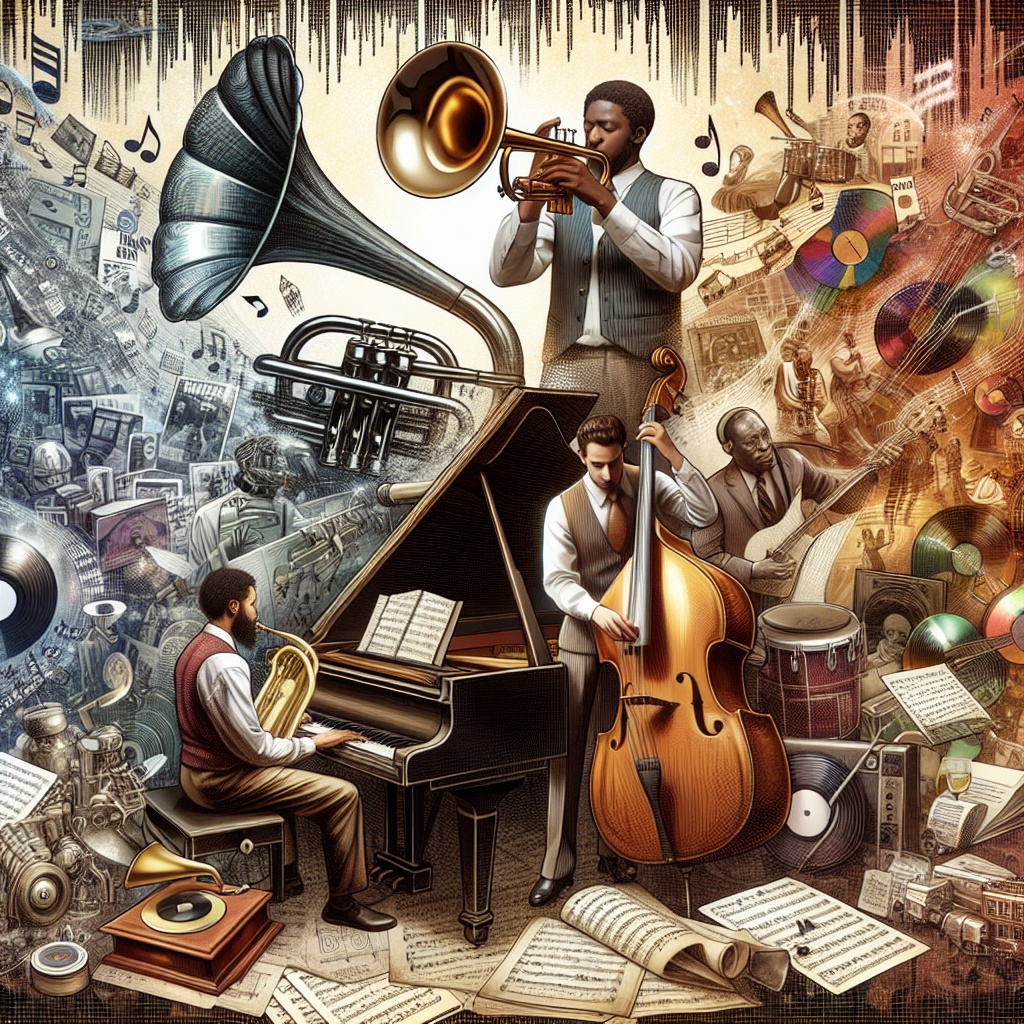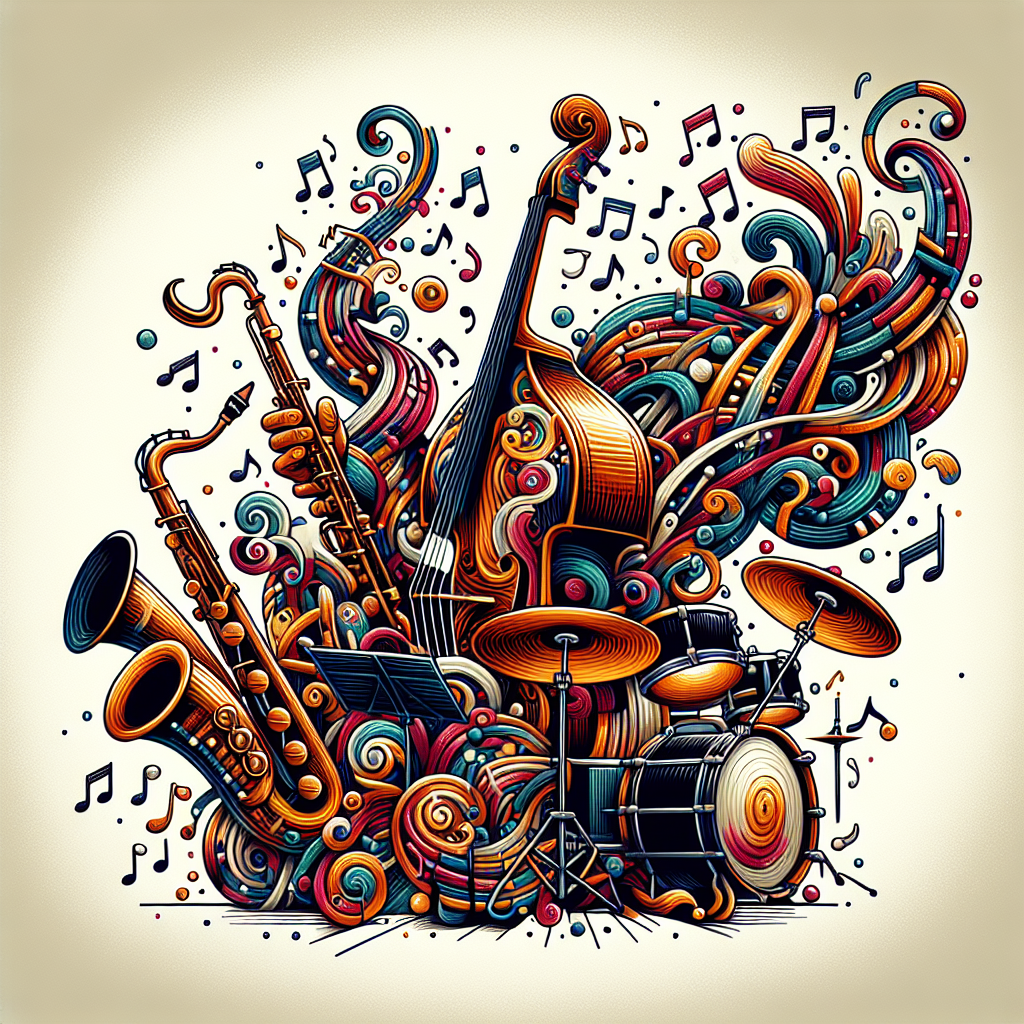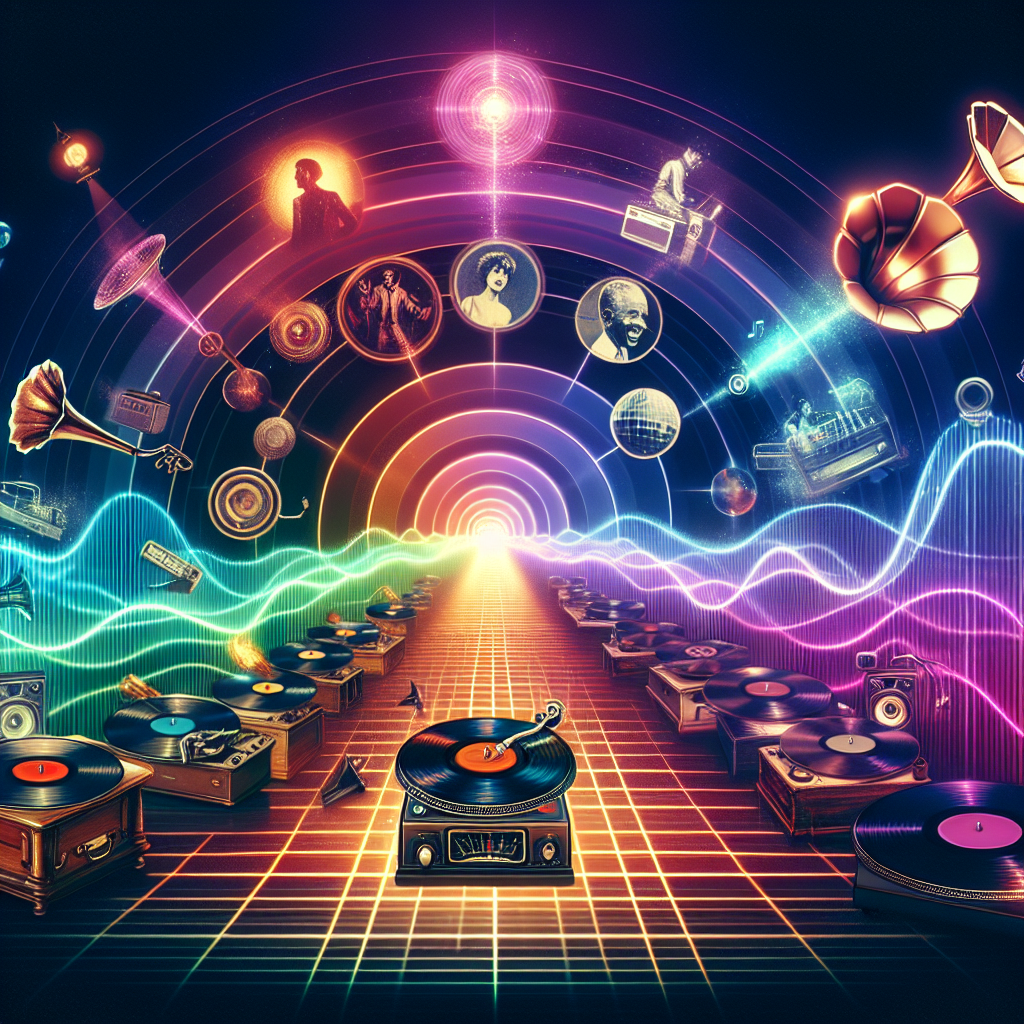Jazz music, an exquisite form of art that usually reflects authentic human emotions and life, has a rich history embedded in its soul. Jazz, in various forms and styles, continues to captivate audiences worldwide. This genre of music, known for its intricate rhythms, jazz improvisations, and syncopation, takes listeners on a nostalgic journey tracing back to its roots in the late 19th and early 20th centuries.
A Birth in New Orleans
Believed to be born in the vibrant, multicultural city of New Orleans, Jazz music is the love child of West African musical traditions and Western music, including both European military band music and folk. New Orleans, with its blend of diverse cultures, the richness of musical currents, and the underpinnings of cultural dynamism, provided the perfect nursery for the birth and development of this unique music style.
The Roaring Twenties and Jazz
The 1920s, commonly known as the “Jazz Age,” was a significant era that witnessed the globalization of jazz, with a particular emphasis on the United States, where it became a symbol of the Roaring Twenties’ cultural revolution. The Jazz Age saw the rise of great performers like Louis Armstrong, Bessie Smith, and Duke Ellington. These artists’ unique styles complemented the tenacious spirit of the times, marking a significant shift in American popular music.
The Swing Era
The 1930s to the mid-1940s marked the swing era in Jazz music, characterized by smooth and flowing style. Swing bands like Duke Ellington’s and Benny Goodman’s Big Band provided lively dance music that shocked the nation and swept many off their feet. This era reflected the true spirit of Jazz which was to uplift people out of their everyday woes.
Bebop Revolution
The swing era’s end in the mid-1940s initiated the beginning of a new Jazz sub-genre, Bebop. This style was quite distinct from its predecessors, with its focus on showcasing solo virtuosity over danceability. Bebop was seen as a platform for musicians to express themselves without the restrictions typically associated with large ensembles. The creative minds behind this style included jazz greats like Charlie Parker, Dizzy Gillespie, and Thelonious Monk.
Modern Jazz: Post-Bebop and Beyond
Following the Bebop era was the advent of a variety of jazz styles, like cool jazz, hard bop, and modal jazz, representing different facets of society and stances of individuality. Free jazz, jazz fusion, and smooth jazz were all part of the jazz evolution, moving further away from traditional structures and embracing more abstract forms.
Conclusion
Jazz music, with its rich history and continuous evolution, remains an integral expression of human emotions and cultural narratives. Its fusion of diverse musical elements and improvisation practices reflects on transformation, fluidity, and diversity – the essences of human existence. Today, whether we realize it or not, the echoes of Jazz music continue to reverberate through various genres of music, attesting to its timeless nature and universal appeal.
FAQs
1. What is the importance of the Jazz Age?
The Jazz Age signified a cultural revolution in America during the 1920s. The emergence and popularity of jazz music marked a departure from traditional norms, reflecting the changing societal attitudes during this time.
2. Who were some important artists during the Swing Era?
Some of the most prominent artists during the Swing Era include Duke Ellington, Benny Goodman, Count Basie, and Glenn Miller. Their band performances deeply influenced the music milieu of that time.
3. What characteristics defined Bebop?
Bebop was characterized by its fast tempo, complex harmonies, and intricate melodies. It prioritized music as an art form, encouraging individuality and improvisation over conventional dance rhythms.
4. How has jazz music evolved over time?
Jazz music has undergone multiple transitions, from traditional styles like dixieland and swing to contemporary forms like free jazz and jazz fusion. This evolution reflects the genre’s inherent dynamism and adaptability to societal changes.
5. Why is jazz music significant?
Jazz music is significant as it reflects authentic human experiences and emotions. Its interactive nature enables the transformation of creative impulses into sound, reflecting the diversity and spirit of humanity.




